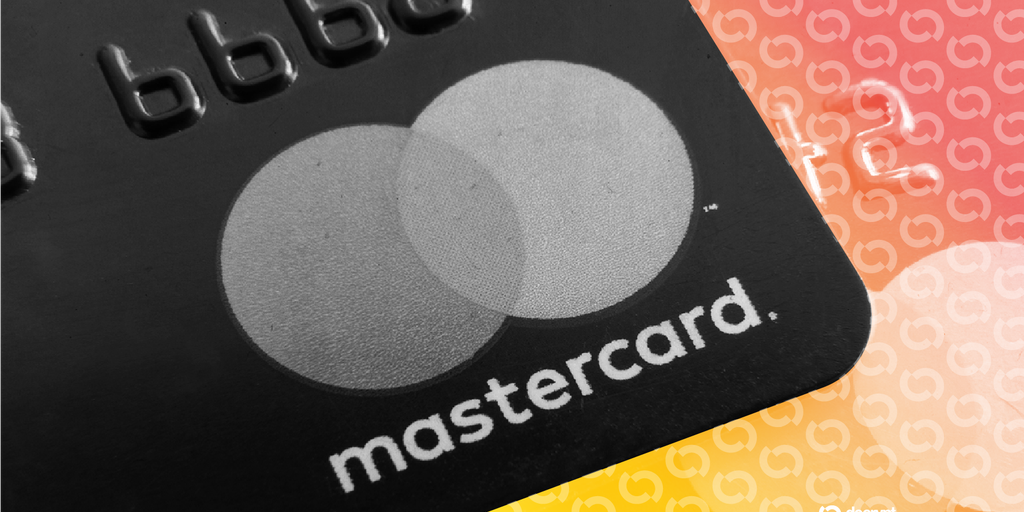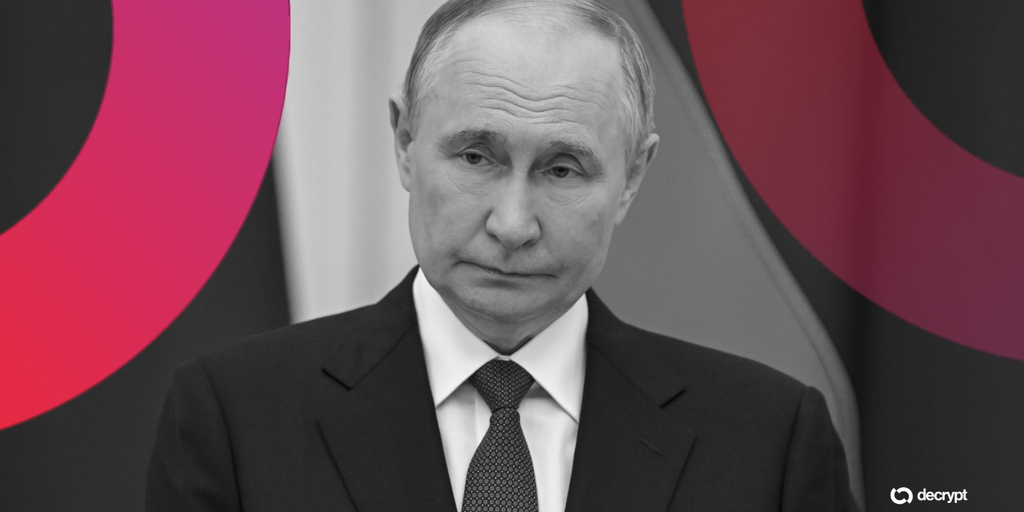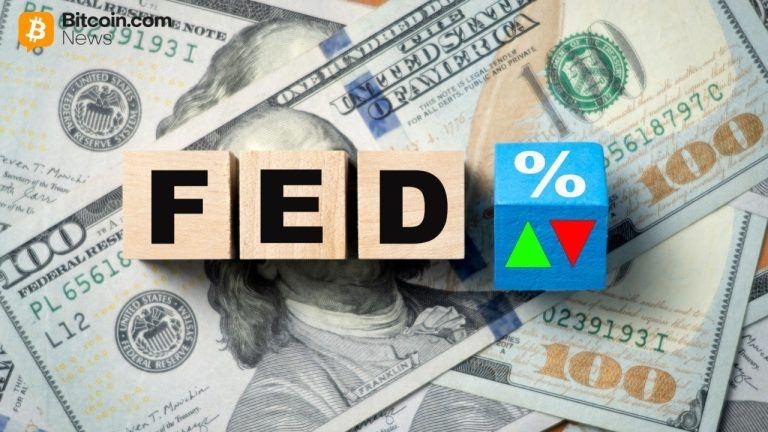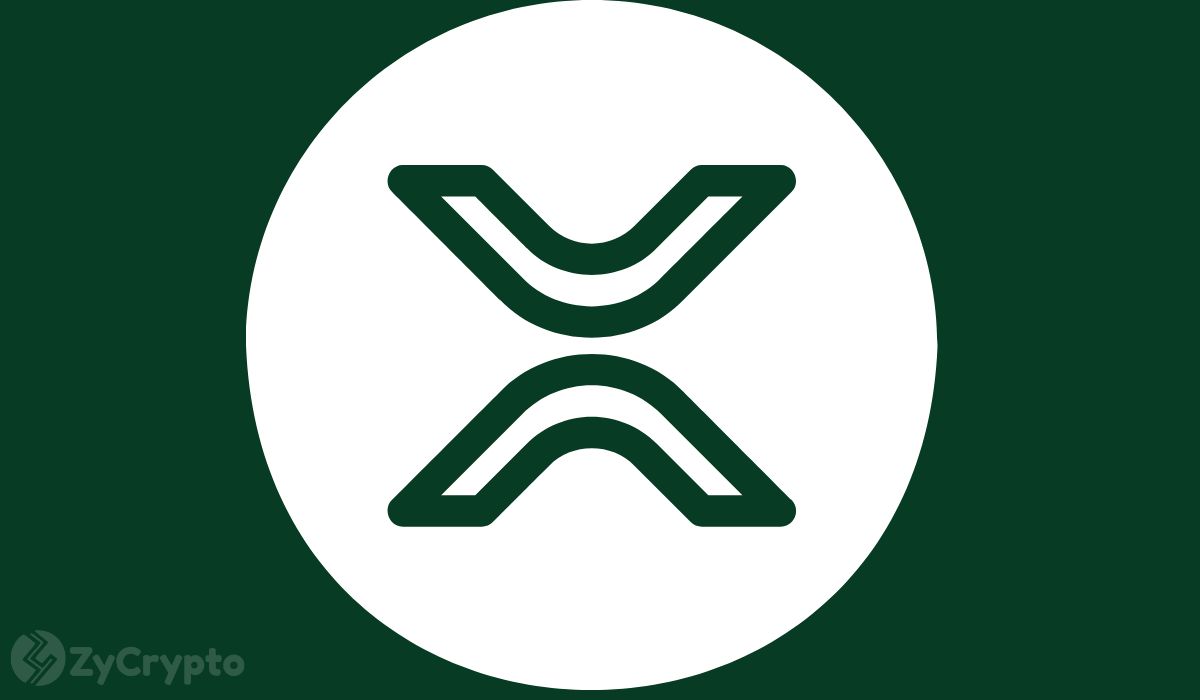Asian and Pacific(APAC) jurisdictions chart divergent digital currency development paths. Some are advancing central bank digital currencies while others embrace private stablecoins.
Hong Kong completed its e-HKD pilot program on October 28, while Japan’s JPYC stablecoin surpassed 50 million yen within 48 hours. South Korea warned about depegging risks, and Australia clarified stablecoin regulatory requirements on October 29.
Hong Kong and UAE Advance CBDC Infrastructure
The Hong Kong Monetary Authority published its e-HKD Pilot Program Phase 2 Report on October 28. The report concluded an extensive evaluation of 11 pilot projects involving major financial institutions. HSBC, Hang Seng Bank, and DBS Hong Kong participated in these trials.
The report indicated that the digital Hong Kong dollar suits wholesale financial applications rather than immediate retail deployment.
According to HKMA findings, the e-HKD showed promising capabilities in three areas. These include settlement of tokenized assets, programmability for automated transactions, and offline payment functionality.
The authority emphasized that the e-HKD is appropriate for large-value transactions as a central bank-issued instrument free from credit risk. The HKMA confirmed it will complete preparatory work for potential retail e-HKD applications by the first half of 2026 and prioritize wholesale use cases soon.
The timing aligns with broader regional CBDC initiatives. The United Arab Emirates confirmed plans to launch its Digital Dirham for retail use in the fourth quarter of 2025. It will be treated as legal tender alongside physical currency. Hong Kong’s measured approach contrasts with this accelerated timeline, reflecting different regulatory priorities and market conditions.
Japan and South Korea Navigate Stablecoin Terrain
Japan marked a significant milestone on October 27 with the official launch of JPYC. This is the country’s first regulated yen-pegged stablecoin that is compliant with the revised Payment Services Act. By October 29, the token had surpassed 50 million yen in circulation.
It is distributed across three blockchain networks. Polygon hosts approximately 21.34 million yen and 1,620 holders. Avalanche has 17.03 million yen and 628 holders. Ethereum accounts for 16 million yen and 108 holders.
JPYC representative director Noritaka Okabe cautioned users on October 29 about operational risks. He particularly highlighted risks regarding decentralized exchange liquidity provision. Financial technology firm Secured Finance announced complementary products on October 28. These include institutional DeFi lending services utilizing JPYC infrastructure.
South Korea adopted a contrasting stance. The Bank of Korea released a report warning about depegging risks associated with won-denominated stablecoins despite suspending its digital won CBDC project in June 2025.
The central bank emphasized that private stablecoin issuers lack institutional trust mechanisms necessary for maintaining stable currency pegs. The bank recommended that traditional banks lead stablecoin issuance efforts to provide adequate safeguards.
Industry observers anticipate the first wave of regulated won-pegged stablecoins to enter the market between late 2025 and early 2026.
Australia Clarifies Stablecoin Regulatory Framework
The Australian Securities and Investments Commission issued updated guidance on October 29. Under existing law, the guidance classifies stablecoins, wrapped tokens, tokenized securities, and digital asset wallets as financial products. Companies offering such products now require local financial services licenses. This marks a significant regulatory clarification for the Pacific region.
ASIC Commissioner Alan Kirkland stated that licensing ensures consumers receive full legal protection and enables regulatory action against harmful practices. The regulator granted sector-wide no-action relief until June 30, 2026.
This allows businesses time to assess requirements and obtain licenses. The guidance follows months of industry consultation. It builds on September’s class exemption permitting licensed intermediaries to distribute stablecoins without separate regulatory approvals.
Australia’s Treasury proposed draft legislation last month. The legislation requires crypto exchanges and service providers to hold financial services licenses, complementing ASIC’s updated framework. The regulatory developments position Australia alongside Singapore and Hong Kong in establishing comprehensive digital asset oversight while supporting market development.
APAC Regional Models and Market Implications
Singapore has established itself as a hybrid model. It maintains both CBDC research and a thriving regulated stablecoin ecosystem. The Singapore dollar-backed XSGD stablecoin captured 70.1 percent market share among non-US dollar stablecoins in Southeast Asia during the second quarter of 2025. The data shows 258,000 transactions were recorded.
The divergence in digital currency strategies reflects varying national priorities. These include monetary sovereignty, financial innovation, and payment infrastructure maturity considerations. Hong Kong’s emphasis on wholesale CBDC applications supports tokenization ecosystem development and facilitates cross-border settlement through Project mBridge.
Japan’s regulatory framework enables market-driven stablecoin innovation. South Korea’s pivot from CBDC to bank-backed stablecoins suggests practical considerations around implementation costs may outweigh theoretical advantages of central bank control. Australia’s regulatory clarity provides legal certainty for stablecoin operators while maintaining consumer protections.
Market participants continue monitoring these developments as Asian and Pacific digital currency architectures shape. The implications extend to cross-border payment efficiency, financial inclusion, and regional monetary system evolution.
The post APAC’s Digital Currency Strategies Diverge—CBDC vs Stablecoin appeared first on BeInCrypto.



























 24h Most Popular
24h Most Popular








 Utilities
Utilities